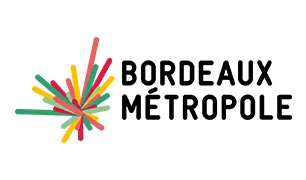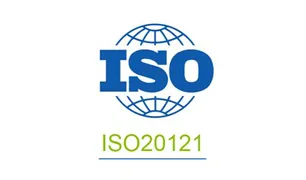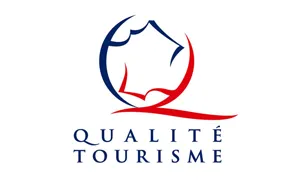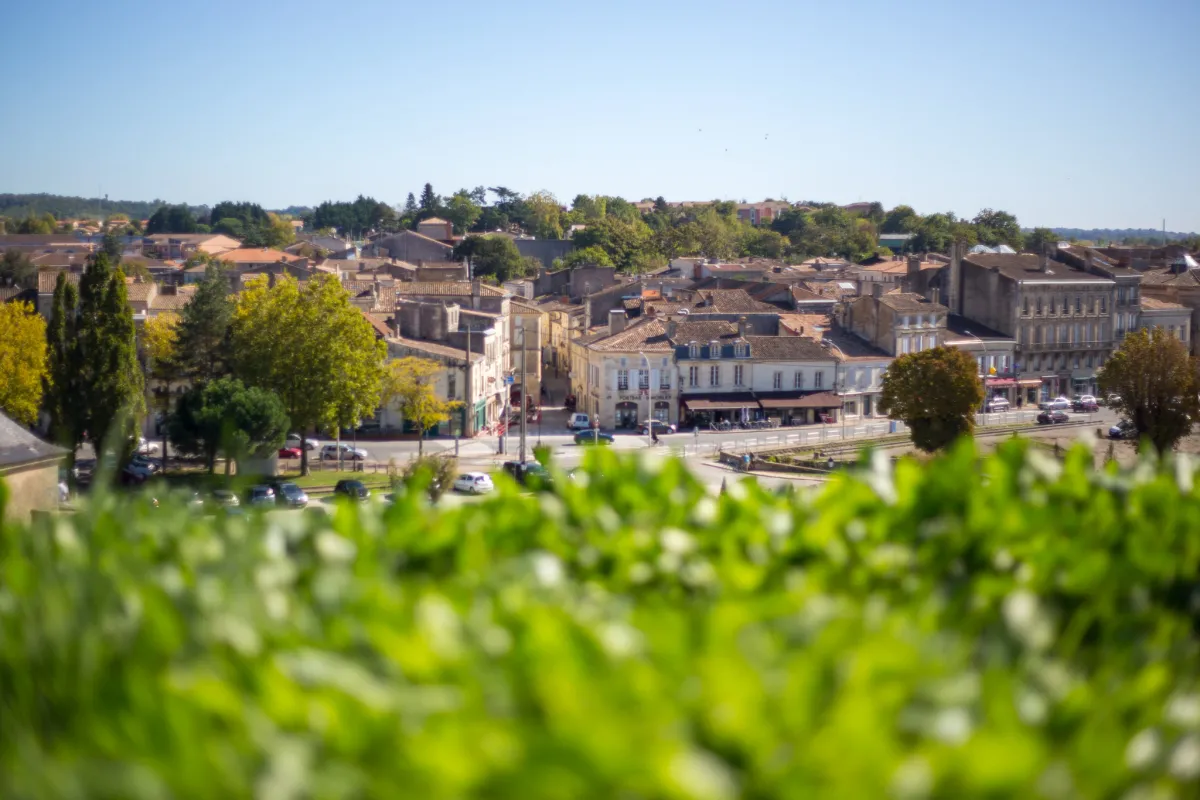
Blaye, Vauban’s citadel and much more…
Blaye is so much more than the impressive citadel designed by Vauban: here, the estuary takes its proper place and highlights a town full of surprises
The Vauban citadel
Is Roland de Roncevaux really buried in Blaye? Though there is no proof of his tomb, Blaye remains home to the citadel commissioned by Sir Sébastien Le Prestre, marquis of Vauban, which merits a visit in itself. The citadel is not located here on accident: the Romans, followed by the Aquitaine Dukes whose chateau was located in Blaye, had already discovered this spot where a 35 meter cliff dominated the estuary. So much so that when called upon to block the estuary’s entrance, Vauban chose this location to build a fortress. In 1685, the Aquitaine Dukes’ chateau was joined to the citadel and the surrounding medieval village demolished to make way for 38 hectares of ramparts that would come to surround a small garrison village.
Today, the site holds something for everyone: lovers of military art can admire the intricacies of the design in which each wall protects the next, lovers of majestic sites can take in the estuary’s waves pounding against the base of the walls, and those who wish to can simply lose themselves in the maze that is the fortress.
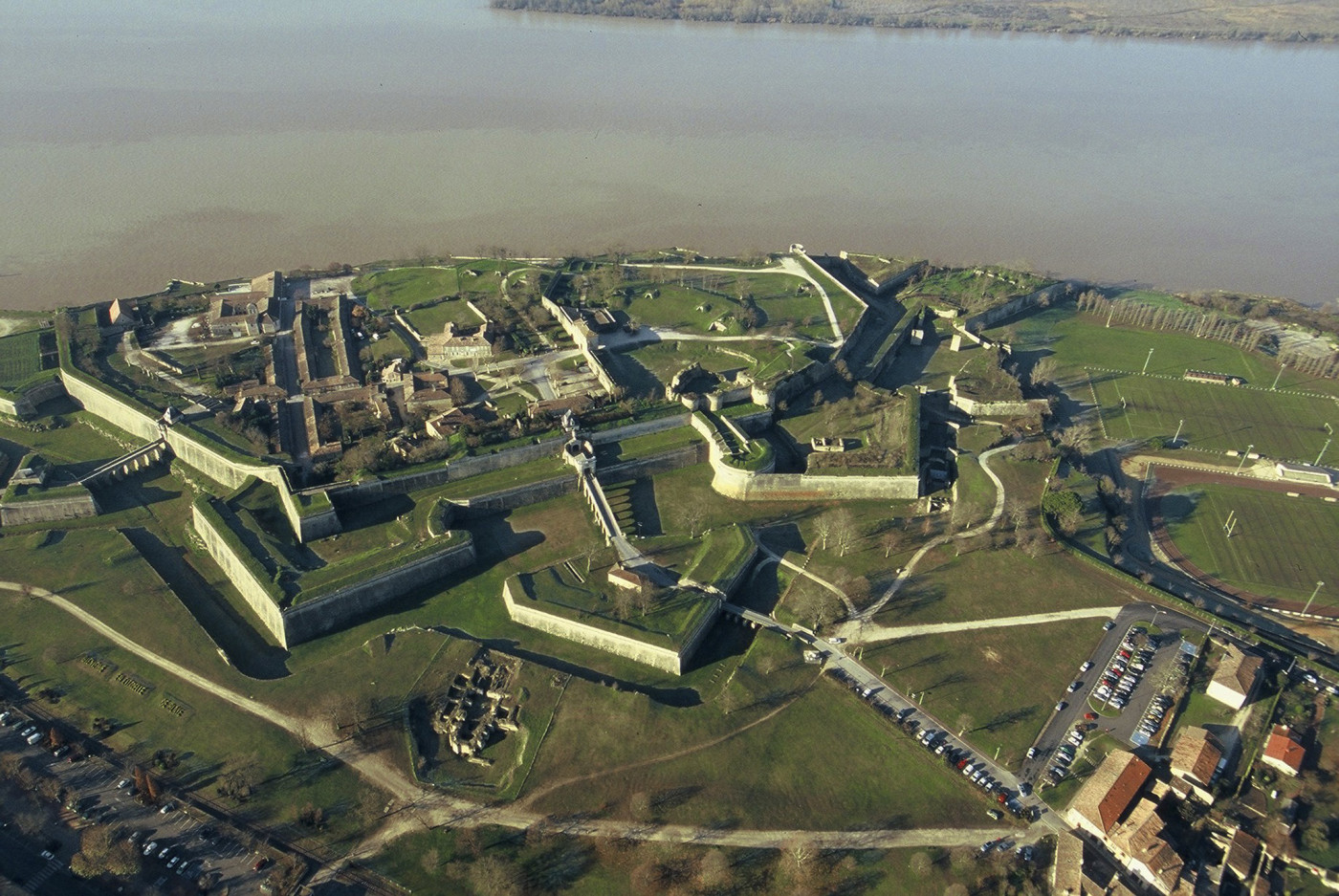
The estuary’s bolts
The Citadel is not the only “Bolt to the estuary.” Two other locks block the entrance. On the opposite side of the river in the Médoc region, Cussac is home to Fort Médoc. This citadel is of more modest dimensions thanks to being constructed on swampland rather than a promontory. As such, the site lacks the underground mazes that bring such charm to the great Citadel.
Because two fortresses were not enough to cover the river’s 3-kilometer width, a third was built on a precarious island that had to be reinforced in order to construct Fort Paté, the final addition to the three-part-work since deemed a UNESCO world heritage site like the rest of Vauban’s creations.
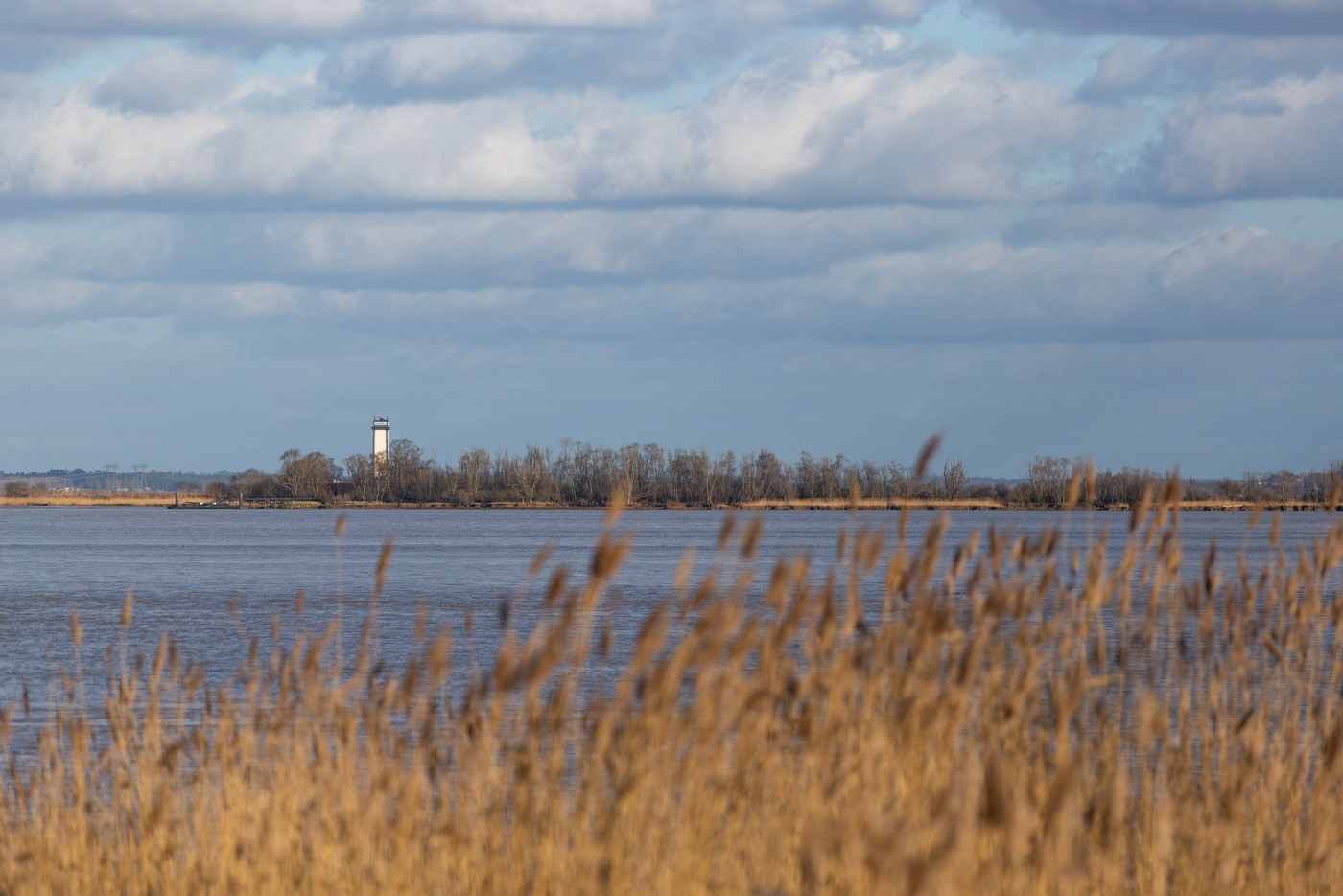
The Corniche route
Departing from Bordeaux, the Corniche route highlights the union between the stones with which troglodyte houses lining the road were constructed, and the river that fed the fishermen who lived in them. Though the latter have long since retired, there remains an almost tropical atmosphere along the 12 kilometer roadway: the river reduces contrasts in temperature, all the more so because the white cliffs reflect the sun's rays while protecting from cold winds. It is Blaye on the Caribbean, and its pirate-like feel can be fully embraced by taking the estuary’s neighboring deserted islands by storm: Patiras, Bouchaud, and Nouvelle can be reached by boat from the village. France’s largest archipelago lies off the coast of the fortress… it wouldn’t take much to raise the anchor and set sail.
The Pair-non-Pair Cave
One of the oldest decorated caves discovered (1881), Pair-non-Pair is also the only one in the Gironde region. Although access is limited, there is less risk of it being closed off to the public because ancient drawings are engraved into the cave walls rather than painted upon them. The cave’s discoverer, Francois Daleau, spent 30 years of his life painstakingly uncovering 15,000 tools and 6,000 bones buried inside. In total, the cave was occupied for almost 40,000 years, first by Neanderthals, then Sapiens… a kind of family home.
Côte de Blaye and Gastronomy
Blaye is also known for its wine, with three designations overlapping here. The best known, “Blaye- côte de Bordeaux” produces both red and dry white wine. Then there is the “Côte de Blaye”, a dry white cultivated within a single hectare, and finally, the “Blaye” designation reserved for reds cultivated by 15 chateaux within a 37-hectare area. A diversity in names reflecting the great diversity in soils.
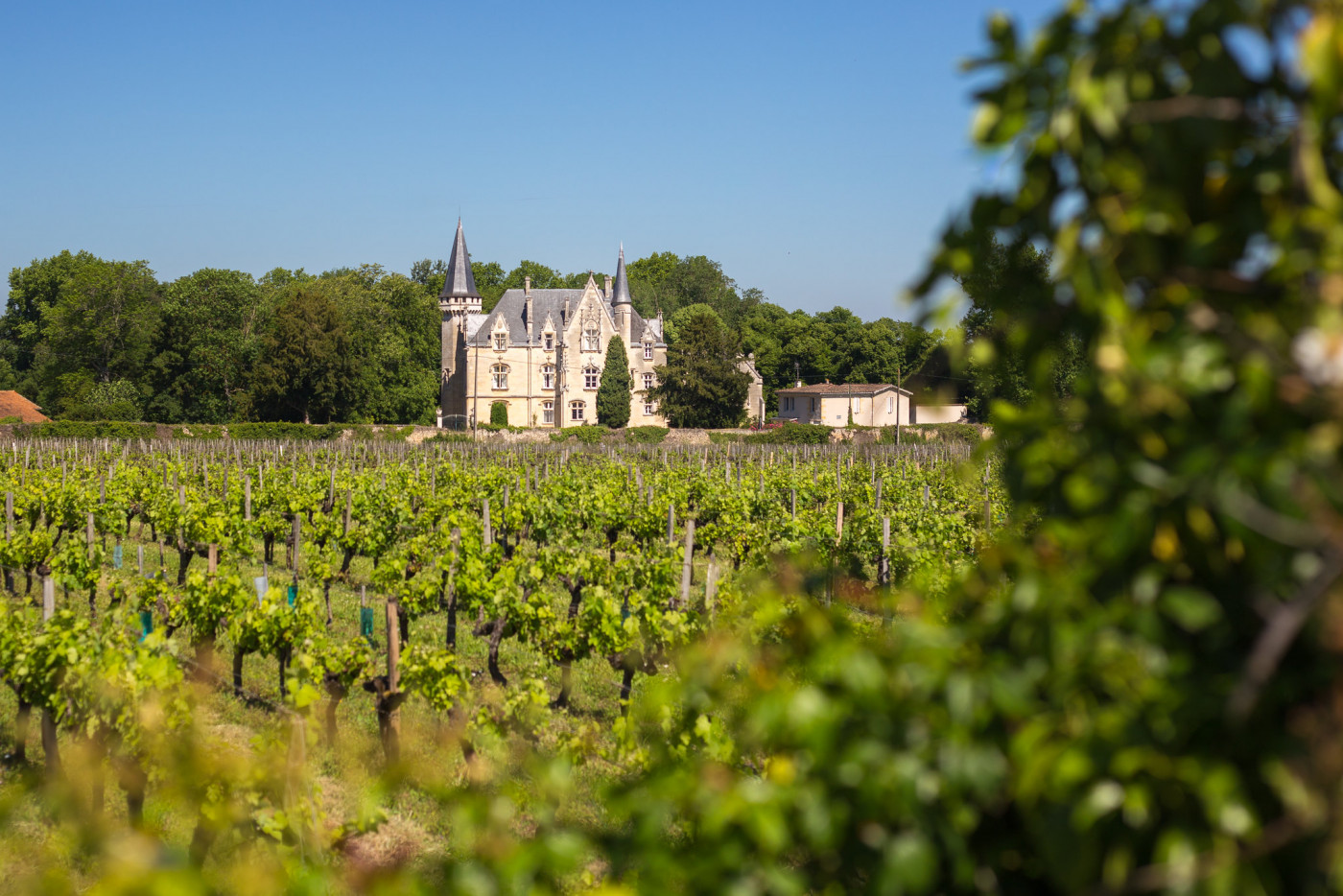
Bons plans:
- Tasting at the Maison des Vins de Blaye, 12 cours Vauban, or during open houses in April
- To eat something: Le Carma offers traditional cuisine with a hint of originality
- Le Gavroche: slightly further back than the port, this is one of the town’s emblematic spots for gastronomic dishes


